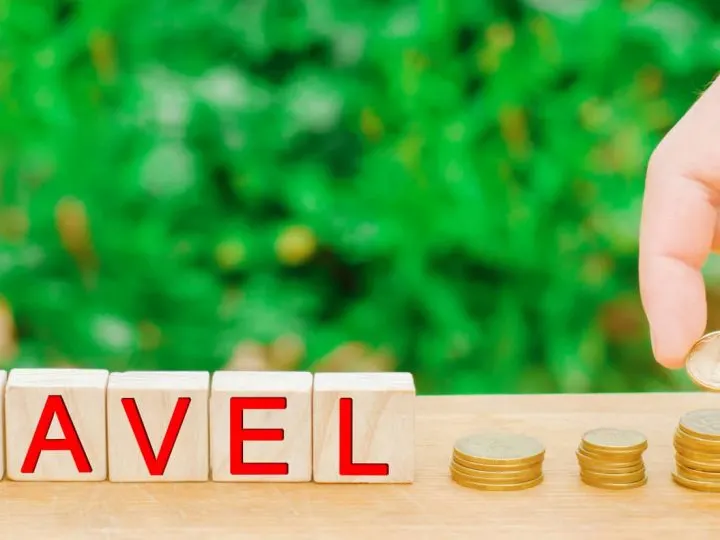Have you ever found yourself wondering how families just like yours manage to travel all the time while you can’t get quite organized enough to make it happen? The daily work of creating and maintaining a travel budget is a game changer when it comes to turning travel dreams into reality. It takes discipline to sculpt your dream travel year out of some vacation days and a few extra bucks, but you can do it!
 Find the lowest prices on family-friendly hotels
Find the lowest prices on family-friendly hotels
We’re an affiliate of Booking.com. When you book with us, it helps us feed our kangaroos at no additional cost to you. Thanks for helping to keep Trekaroo free.
Pinpoint Why Travel is a Priority
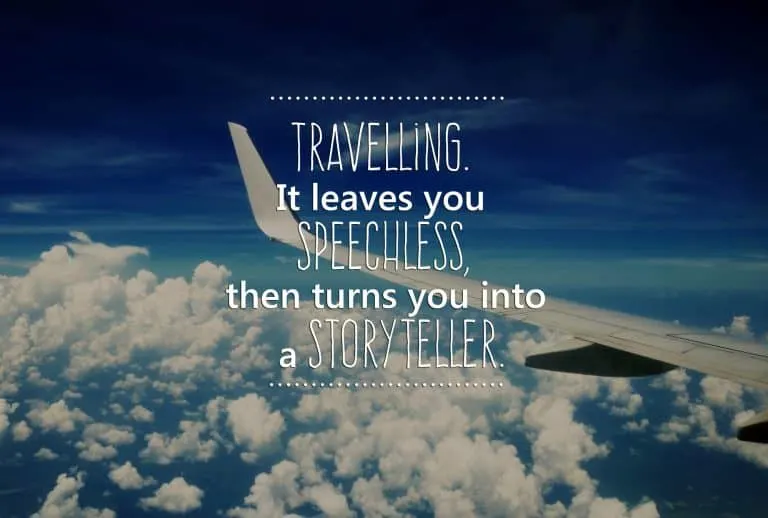
Photo by: Bigstock/NoraC
The entire reason my family has a functioning, household budget is so I know how big my travel fund will be every year. Nothing invigorates me more than exploring a new place. New sights, people, smells, geography, and weather completely change up our routine. A little less TV, a little more time outside, bigger questions, more aimless wandering, and another story to share. These are the goals that keep me walking our tight rope of a budget.
If you have trouble finding motivation to make a travel budget, it can help to slow down and focus on why travel is important to you. I’m not talking about dedicating three minutes in the car to this idea. I mean, get into it! Find an inspiring travel quote and stick it to the fridge. Better yet, paint it on a canvas or piece of old wood.
One of my very favorite quotes is from Mark Twain. He said, “Travel is fatal to prejudice, bigotry, and narrow-mindedness.” I have seen that to be true in myself and in my children. Plus, it does wonders for my son’s accent capabilities. He may win a talent show some day with his ability to go from Georgia Peach to Brooklyn tough-guy in 10 seconds flat!
What exactly is it that travel does for your family? Find it, name it, display it.
Need some inspiration on how family travel has changed the lives of trekaroo families? Check out our Why We Travel series.
Stay Motivated with Memories and Dreams
If you’ve got some travel under your belt, write down your favorite travel memories and have the kids try to guess or remember where they happened. If you ask my kids, “Where did daddy break his tailbone?” They excitedly respond with “Greece!” They weren’t even alive when we went to Greece, but they have folded that memory into our collective family history and love to hear the story over and over again.
Focusing on the future works too. Make a vision board of dream destinations. Put a map on the wall with a pin in everywhere you want to go. Be specific. Jot down a list of the local foods you would try, trails you would hike, or books you would read in a particular place.
In other words, motivate yourself for the hard work of saving and planning for travel. Remind yourself on a regular basis of all the great things travel could bring to your life. My detailed visions of long walks on the beach, bike rides, and binge-watching the Great British Baking Show on our most recent trip kept me focused on the positive instead of the laborious months of saving, planning, and preparation that went into making that trip happen.
Start Your Travel Fund
If planning vacation spending doesn’t motivate you to follow a budget, I don’t know what will! Think of budgeting like being healthy. Living a healthy lifestyle is not something you pick up every once in a while. It’s a daily discipline. Budgeting for travel is exactly the same thing. It’s a habit. I practice living on a budget every day in order to have enough money and time to travel with my family. It is a priority in my life, in the same way that being healthy is a priority. Certainly not everyone, but lots of people can decide to make travel materialize out of their personal circumstances, whatever they may be.
Tracking expenditures is the first step in constructing a budget. I have used Mint and Quicken in the past, but ultimately settled on building my own Excel spreadsheet. Excel offers the most flexibility and customization, but does require a lot of maintenance. Maybe you just want to stick receipts in an envelope? That works too! However you choose to track your spending, the general idea is that you pay attention, in excruciating detail, to how much you are spending on what. Don’t make any changes in your spending habits at first. Just watch and learn. Chances are, at some point, you will loudly exclaim to no one in particular, I spent THAT on THAT last month?! Now the work begins.
The idea is to slowly transfer some spending from various categories over to the travel fund. Ratchet down spending in any category where there is wiggle room. This will hurt at first, but don’t forget, if travel is important to you, then it’s for a good cause! Think of new spending habits as “adding in” wise choices, rather than “taking away” spending capabilities. For example, “more carpooling” will save you gas money, “more cooking” will save you money spent out at restaurants, and “more re-purposing” will curb your shopping habits.
Look for amazing deals on family-friendly hotels to start your travel planning!
Watch it Grow
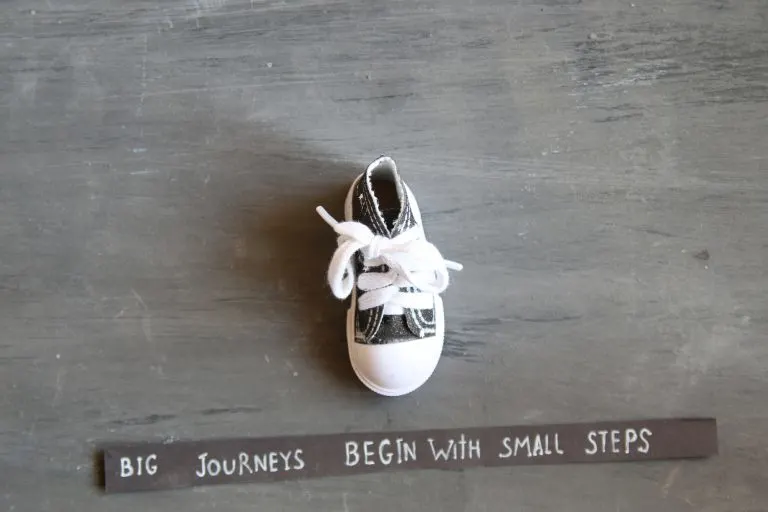
Photo by: Bigstock/Markgraf Ave
Simply put, if you eat out less, shop less, and drive less, you will start to have money that can go into the travel fund. It’s easier to ratchet down in certain categories when you know the money is going toward something you have declared a priority in your life. It also helps explain those choices to the kids. Why are we making pizza instead of ordering it? So we can go to the beach this summer! Hopefully, they see the value in what they are doing, plus they are learning about the hard choices adults make every day.
I fully realize these aren’t actually hard life choices, but they are ones I have been grateful to make. Choices like this have allowed my fortunate household to squeeze every ounce of travel possible into our lives. My kids are able to participate in, and really wrap their heads around, these types of choices. Maybe yours can too?
Once you know how much you can spend on travel each year, the real fun begins! Now you get to turn boring old Excel into your own personal version of “Travel Tetris.”
Build Your Travel Budget Spreadsheet
The key to keeping your travel budget as simple as possible, without sacrificing accuracy, is to zoom out. Don’t get too granular with the cost of souvenirs and every cup of coffee. You will drive yourself insane and your brand new budget will implode before next month’s paycheck.
Instead, learn to think about your travel budget as a yearly amount, and always leave wiggle room so you don’t sweat the small stuff. The way I structure my spreadsheet will help you develop this mindset. I have been doing it this way for years and it works for us. Adopt it, see what works for you, and make it your own.
Travel Budget Basic Setup
Open up a fresh, empty Excel spreadsheet. List the months down the left-hand column, with each month in one row. Usually, the summer months end up requiring more than one row each, but I just add those in if a trip materializes. In the end, you need one row per trip. I love this format because my travel budget serves double duty as a VERY compact calendar for the entire year.
The columns from left to right will be labeled as follows: destination, dates, travel costs, lodging costs, activities costs, food costs, total cost, days off work, and notes. If you are considering a trip in January, fill out the columns in the January row for that trip. Some rows (months) will be empty if you will not travel at all in those months.
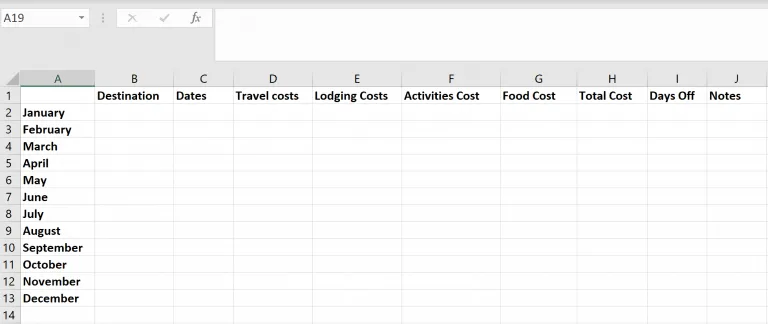
Photo by: Tarlie Harris
First Formula
There are only three formulas total, all of which are just summations. The first formula goes in each cell of the total cost column. The cell in the total cost column should reflect the other cost columns in that same row: travel costs, lodging costs, food costs, and activities costs. That way, you are never adding these up on your own and making errors. Also, this makes it much easier to play around with options. Say you are considering driving v. flying somewhere. You can change the flight costs to the driving costs in the “travel costs” column and automatically see the impact in the “total cost” cell. Seeing that number dive when you chose to drive instead of fly can be quite convincing. Especially if it means you can fit another trip into the year if you make that choice.
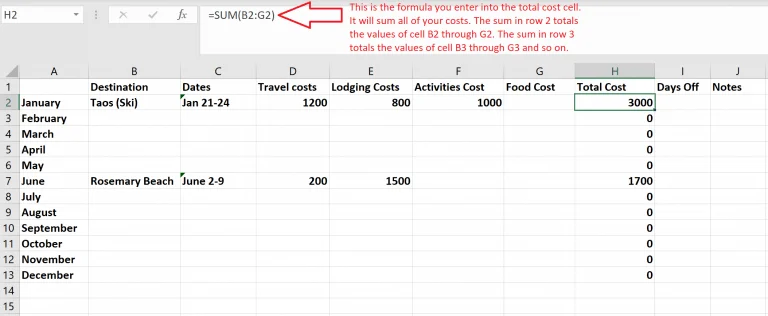
Photo by: Tarlie Harris
Second Formula
The second formula will compute the grand total in spending for the year. So it’s just one cell, at the bottom of all of my total cost cells. Inside the cell, set up the formula to compute the sum of all of the total cost cells. I highlight this one cell in red because it is ultimately the most important number on the spreadsheet. Just below that cell, I type in ~85% of my travel budget for the year and highlight that cell in green. The total cost can never be higher than this number. That’s my margin of error buffer, the cushion that enables me to not sweat the small stuff while actually traveling. There are always things I don’t remember to account for, like baggage fees. There didn’t use to be baggage fees! Those are covered this way.
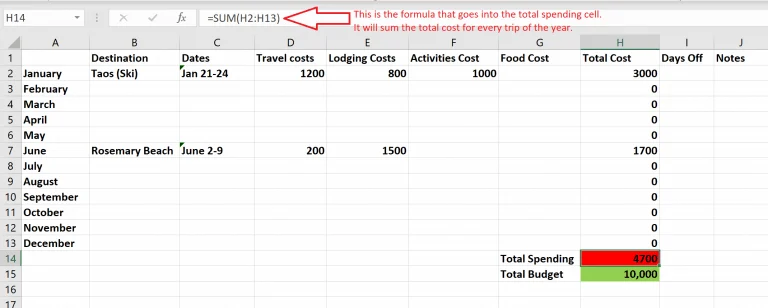
Photo by: Tarlie Harris
Third Formula
The third formula is a cell that sums all of the days off work for travel at the bottom of the days off column. This is important if anyone in the family has to keep their vacation days under a certain amount.
Spending Habits While Travelling
Projected costs for travel and accommodations are relatively straightforward to estimate. It gets slightly trickier when it comes to estimating food and activity costs. Generally, I try to avoid doing this part at all. Remember how I said I don’t sweat the small stuff? Usually, I count food and activity spending as “small stuff.” I am able to do this because I keep the lid on that kind of spending on vacation. For the most part, we eat and play on vacation the way we do at home. Moderately. I know that’s not very exciting, but it allows us to spend more time on the road, both physically and emotionally.
That’s the right decision for us, but obviously, every family is different in this regard. You will need to be more careful about budgeting for food and activities if your vacation habits are wildly different from your normal habits. We keep our habits in line by almost always staying somewhere with a kitchen and eating out only slightly more than we do normally. The same goes for activity costs. If we are doing our normal thing (sitting on the beach, hiking, hitting a museum, walking around town), then I don’t bother with activity costs. If it’s a trip where costly activities are the main attraction, like lift tickets for a ski trip or park admission for a Disney World trip, then activity costs are a huge percentage of the total costs and must be included.
Using the Spreadsheet Effectively
Once your spreadsheet is all set up, you can start to play with different ideas. I’m definitely not saying you need to sit down at the end of December and commit to the next year’s travel plan all at once. We all need flexibility and spontaneity. What I am saying is to consider different possibilities within the context of the entire year. Typically, my family has two bigger trips per year comprising about 2/3 of our total travel budget. I fill the rest of the year in with small, affordable trips that quench my wanderlust without draining the budget dry. Looking at the yearly plan, ask yourself these types of questions.
- Does the current trip we are considering qualify as the “big” one for the year? If so, are we happy with that? What kind of smaller trips would balance that big one out?
- Are we willing to spend the entire annual budget on one trip?
- Too much driving or too much flying?
- Are we willing to completely forego travel this year to save for a more expensive trip next year?
- Are all of the trips we are considering crammed into one season? Will we end up exhausted for that part of the year and travel deprived for the other part?
- Too many high energy trips and not enough relaxation? Are there two high energy trips stacked back-to-back?
- Have we included all of the family visits we know need to happen this year?
- Have we accounted for all the special events coming up this year, i.e. big birthdays, holidays, and reunions?
- Can we merge two trips into one to get the biggest bang for the buck? (My personal favorite tactic!)
Considering questions of this nature will mold your annual travel plan into the best possible shape. Every year will look different and you will get better and better at creating your ideal travel year. I hope this helps you get motivated, stay disciplined, and take hold of your travel budget by the horns!
Lead and Social Media Photo by: Bigstock/ilixe48
- 27 Fabulous Family Resorts in Texas - May 16, 2024
- 13 Sensational Weekend Getaways in Texas for Families - May 16, 2024
- 10 Best Day Trips from Dallas for Families - April 22, 2024

